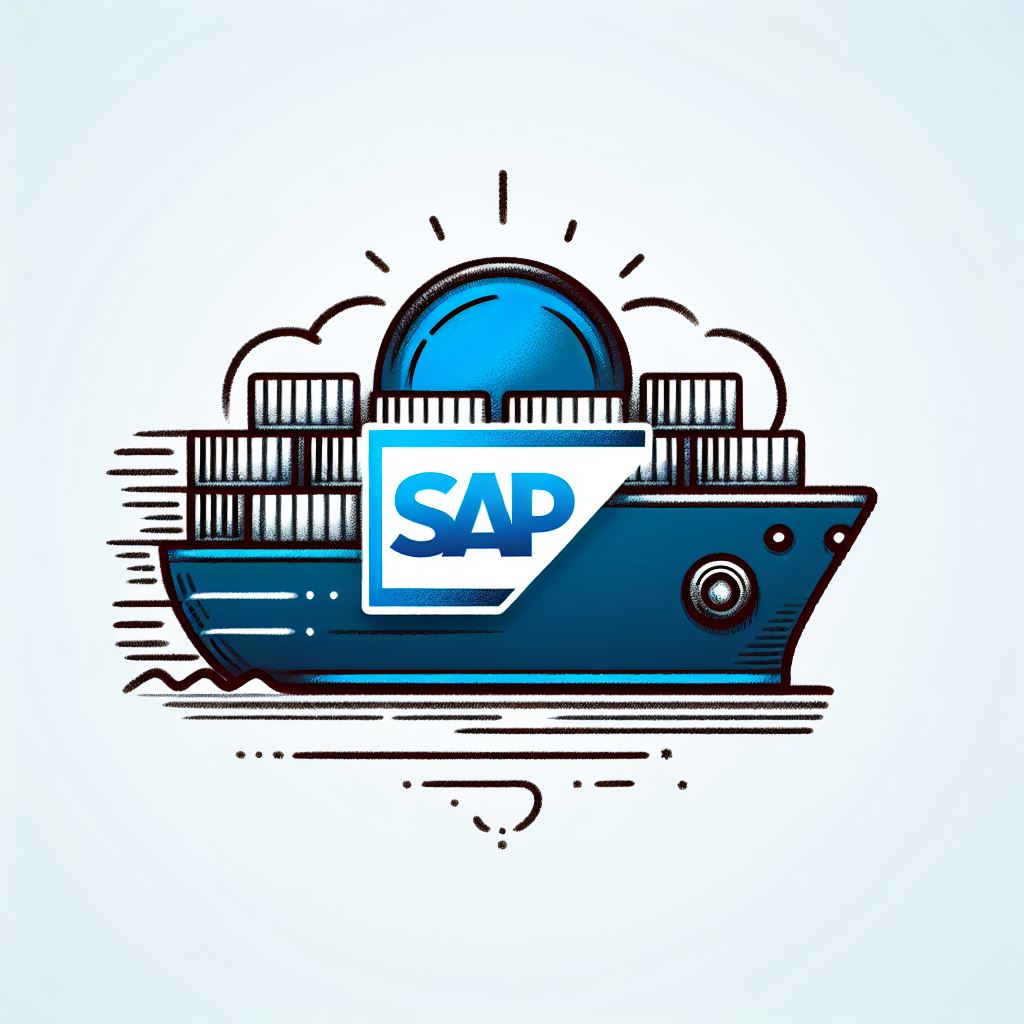SAP ABAP @ Home 2025
This year I started on a new journey in the SAP biz. To get a better feeling for the SAP ecosystem, I wanted to experiment and mess around on my own. And to avoid disrupting others and to have full control without needing to ask for permissions, I decided to set up an SAP system locally. However, that turned out to be quite a challenge, especially when aiming for a proper (v)host setup. After numerous attempts, I eventually found a reliable way using Docker. Here’s a rough guide based on my experience.
Prerequisites
Before diving into the setup, ensure you’re properly equipped with all technical requirements:
- Disk Space: At least 100GB, but I’d recommend 200+GB.
- RAM: They suggest 32GB. I have 250GB, and it’s been running smoothly ;-)
- CPU: A couple of fast cores.
- Time: Everything SAP related requires patience and time.
Step 1: Start the SAP System using Docker
The easiest way to get started is by using the Docker image provided by SAP. You’ll find it at the docker hub sapse/abap-cloud-developer-trial. Before you can spawn a container, you should increase a couple of system limits by running the following as root:
sysctl -w kernel.shmmni=32768
sysctl -w fs.aio-max-nr=18446744073709551615
sysctl -w vm.max_map_count=2147483647
Then, as described on the docker hub readme, run the following command to start a container:
docker run --stop-timeout 3600 -it --name a4h -h vhcala4hci -p 3200:3200 -p 3300:3300 -p 8443:8443 -p 30213:30213 -p 50000:50000 -p 50001:50001 sapse/abap-cloud-developer-trial:ABAPTRIAL_2022_SP01
Give it time. A lot of time… At some point it will tell you that it’s ready by printing something along those lines:
*** All services have been started. ***
***
*** To stop and be able to safely start again use Ctrl-C
*** Or use the stop command with timeout: docker stop -t 7200 ...
***
*** Have fun! ***
Step 2: Setting Up a Virtual Box with the SAP GUI
While I believe it would be possible to install the SAP GUI directly on your host, I recommend using a virtual environment to guard your host system. From my experiments I learned that SAP software loves to mess around in your file system and it will be virtually impossible to clean that up..
- Create a VM: I used a Debian virtual box for this purpose.
- Install Java: I’ve been successful with OpenJDK 17.
- Download SAP GUI for Java: Get it from SAP’s trial .
- Install on the VM: Copy the downloaded rar archive to your virtual machine, unpack it (eg. using unrar) and run the JAR file to start the installation:
java -jar PlatinGUI-Linux-x86_64-7.80rev7.jar - Start SAP GUI:
cdinto the install location (probably~/SAPClients/SAPGUI/bin) and run:./guistart /H/x.x.x.x/S/3200Replace
x.x.x.xwith the IP address that resolved to your host machine. Depending on your VM config, it might be something like10.0.2.2(VBox NAT) or maybe something starting with192.168....
Step 3: Updating the License
Follow the procedure from the Docker Hub to update the license:
- Login on client
000asSAP*with the passwordABAPtr2022#01. - Run Transaction
SLICENSE. - Get a license from minisap. Choose
A4H, fill the form, and download the license. - Back in the
SLICENSEtransaction in SAP GUI, click install and choose the downloaded file. - Log off from the
SAP*account (System -> Logoff) and start a new SAP GUI session. Login on client001asDEVELOPERwith the same passwordABAPtr2022#01.
And that’s it! You should now have a locally running SAP system.
I recommend to stop the docker container using docker stop -t 7200 a4h and then commit the changes into a new image, ie.
docker commit a4h my-sap
Afterwards you can spawn a container of the my-sap image, properly setup with a valid license and stuff, even if you accidentally clean the old container.
This setup should allow you to experiment and develop in a controlled environment without affecting a main system. Happy coding <3


Leave a comment
There are multiple options to leave a comment: